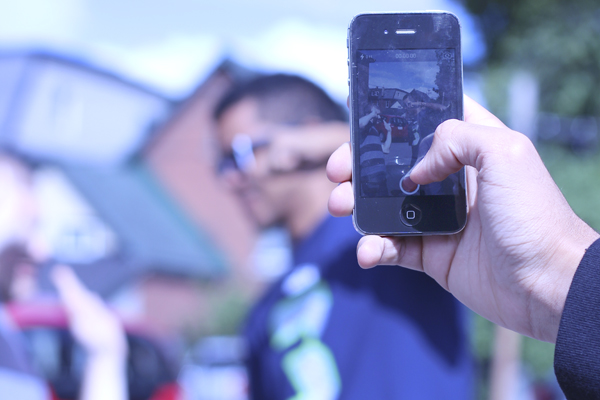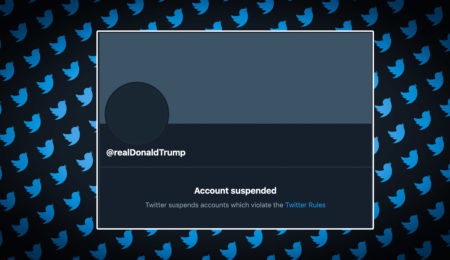In 1970 Gil Scott-Heron said, “The revolution will not be televised.” He was wrong.
All revolutions are televised. Video footage is taken with cameras and cell phones, put up on YouTube, shared on Facebook, tweeted, text messaged, and shared within minutes with nearly everyone on Earth. Even in areas of the world that have difficulty gaining access to clean water, cell service is often available as it can provide a more secure means of exchanging funds than easily stolen cash. We know this because there’s photographic evidence.
Revolutions are televised or they didn’t happen.
Without video, without photos, without social media presence, how can any movement gain a following and a voice? How does the world know about it if they can’t see it? How can people in other countries feel connected to places they’ve never been and people they’ll never meet if they can’t get the visceral reaction a photo or video provides? Without proof, how would we have known about Arab Spring or how would we know what’s happening in the Ukraine?
And so we as news organizations, and people as engaged citizens, take photos and videos and share them with the world in order to testify to the world around us. This need for video and photographic proof bleeds beyond revolutions and into our daily lives.
We’ve become so used to seeing our lives and our friends’ lives on constantly updating feeds that we forget there are moments of privacy, moments that aren’t captured. It leads to horrific things happening, but no one paying attention because we haven’t seen it. The unseen becomes unbelievable.
ISIS knows this power, as they create and share videos of beheadings and abuse as both a means of making their opponents fear them and as recruitment. Without these videos, no one might know for sure what happened to the American journalists beheaded in Syria. ISIS may have claimed responsibility for the deaths, but would we have believed them?
No one saw the death of Osama bin Laden and as a result there are extensive conspiracy theories regarding whether or not the U.S. government was telling the truth. We may balk at the thought of watching a man’s death, but we may also prefer to know that a video exists even if we don’t watch it. What we are looking for isn’t the grotesque, but accountability.
Trust in the accountability of governments is low as they have any number of ulterior motives in the way they present their versions of events, but photos and video have become the only form of accountability we accept.
There is a danger in maintaining disbelief until the supposedly irrefutable proof of a cell phone camera proves otherwise. Although the Internet would have us believe otherwise, many things happen away from the camera lens. Not having an accompanying video shouldn’t automatically make a story suspect. Until videos were released, there were strong doubts about whether Rob Ford was a drug user or Ray Rice hit his fiancee. While we shouldn’t rush to condemn anyone, we need to be able to trust more than our eyes.
Journalists are supposed to be the ones who provide accountability when governments are providing propaganda. When we report a story, we have to have established the public’s trust enough that they know we have done our due diligence in ensuring that what we report is true.
Of course we should also be using the power of photos and video in our reporting to provide the public with that emotional connection to other people and events. But when photos and videos are not available, we still need to tell stories. By striving to avoid bias and by using quality sources, we contract with the public to truthfully tell them what is happening.
The revolution may be televised, but realistically we know that every important moment cannot be captured. Pieces of the story will be missing and they may be important pieces. If someone has captured every important moment—whether a government, a news agency, or our best friends—we need to recognize this as the propaganda it is. Seeing may aid in our belief, but the unseen shouldn’t shut down the conversation either.





